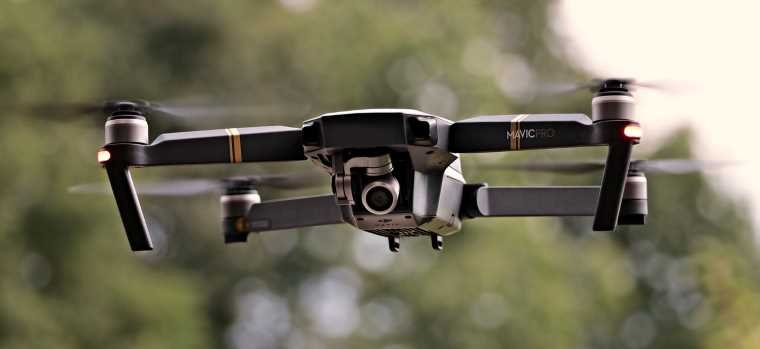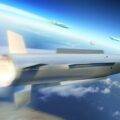The United States Army has opened a school specifically designed to train soldiers in a new variety of aerial combat that didn’t exist before the 21st century: drone warfare.
The new drone fighting school, located at Fort Sill in Oklahoma, is equipped for soldiers and marines alike to train in various types of combat techniques to meet the demands of the increasing presence of unmanned aerial vehicles in combat situations.
Begun, the Drone Wars Have
Until recently, the idea of drones in combat was something that only existed in science fiction. Now, militaries around the world are regularly confronted by the asymmetrical and rapidly increasing use of drones by adversarial forces.
In places like Israel, where drones were a significant part of the recent attacks by Hamas, leaders have invested heavily in a massive anti-aircraft system known as Iron Dome. Unfortunately, firing $50,000 missiles to intercept drones that often attack in swarms is not a sustainable strategy. This problem is further exacerbated by the fact that drones themselves are increasingly sophisticated and cheap at the same time.
More recently, many countries, including Israel and the United States, have begun investing in directed energy weapons to counter the drone threat. These include efforts like the microwave-blasting Thor’s Hammer as well as a wide array of laser systems that seem to increase in power every few months. Still, these systems are extremely new, so using them in combat situations against multiple aerial threats is something soldiers have never dealt with before.
Army Developing a New Fighting Technique to Track, Counter and Destroy Drones
Previously, drone warfare training mostly focused on training operators to fly sophisticated combat drones. In contrast, the Army’s new fighting school hopes to train soldiers specifically on how to counter individual drones that attack by speed and stealth, as well as drone swarms that can pop up in an instant and overwhelm even well-defended positions.
“It’s not going to be just for our (drone) operators, our planning, our leadership,” said Jennifer Smith, Director of the Joint Counter Small Unmanned Aircrafts University who is helping with the training, when speaking with reporters earlier this summer. “They’re going to have to learn how to plan for defense designs and take into account UAVs as well.”
The drone school’s new fighting technique will include using the latest directed energy weapons to knock drones out of the sky before they can deliver pinpoint explosives, as well as downing threats with more conventional options. For example, the Army is fitting M4 rifles with specialized targeting computers that can zero in on and track mobile aerial threats.
The Army is also hoping to train their newest drone warriors in a system they call “Drone Buster.” That cutting-edge platform emits a powerful signal to jam the controls of drones. This leaves drones temporarily vulnerable, providing defensive forces with longer times to track and destroy them.
Finally, students of the new fighting technique will train in determining the best sensor systems to detect drones and the most advantageous placements of those sensors. Combined with the systems and techniques used to counter drones, the leadership believes their new drone fighters will have a full array of skills and techniques needed to fight this 21st-century war.
Training in the Army’s New Fighting Technique Will Begin Immediately
The officials in charge of the Fort Sill effort say that they are hoping to train around 1,000 soldiers in this new fighting technique every year. They also note that the threat from drones is already so significant that they plan to start training their new drone fighters right away and will learn as they go.
“We don’t have five years to wait for the perfect system,” said General James Rainey, who leads the Army Futures Command, which helps the Army keep pace with changes in technology and other aspects of warfare. “We’ve got to rapidly innovate with what’s possible now and keep getting better. It’s going to be something you’re going to have to deal with continuously and be adaptive when you fight the next time.”
Christopher Plain is a Science Fiction and Fantasy novelist and Head Science Writer at The Debrief. Follow and connect with him on X, learn about his books at plainfiction.com, or email him directly at christopher@thedebrief.org.

